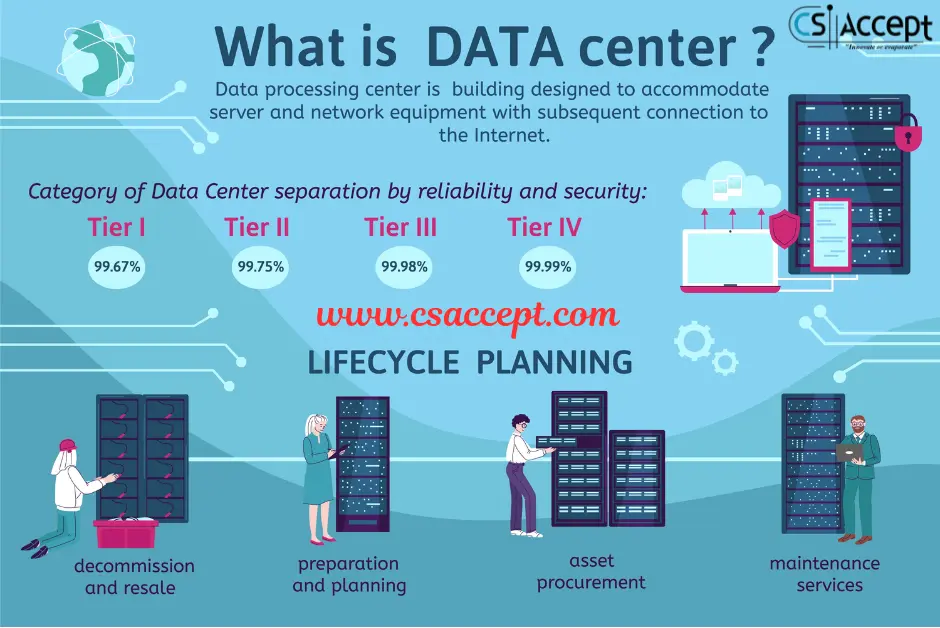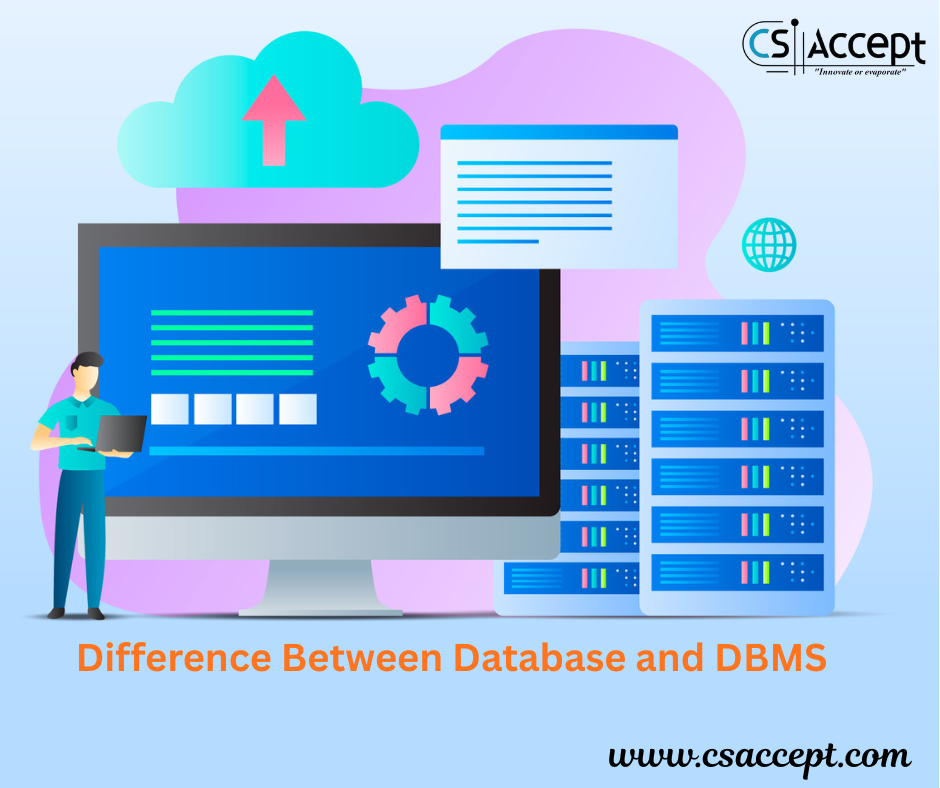
1. Introduction
Computer Networking refers to the interconnection of multiple computing devices that share resources and data using hardware and software. Networking can be local (LAN), metropolitan (MAN), wide-area (WAN), or global (like the Internet).
Networking plays a crucial role in modern communication, business operations, education, entertainment, and more.
2. Advantages of Computer Networking
Computer networks offer many benefits across various sectors. Here are the major advantages:
1. Resource Sharing
- Explanation: Users can share hardware devices like printers, scanners, and storage.
- Benefit: Reduces the need for individual devices for each user, saving cost.
2. Data Sharing and Communication
- Explanation: Networks allow the exchange of data, messages, files, and multimedia among users.
- Benefit: Enhances collaboration and productivity in businesses and institutions.
3. Centralized Data Management
- Explanation: Data can be stored and managed on central servers.
- Benefit: Improves data consistency, backup, security, and easy access.
4. Improved Communication
- Explanation: Emails, instant messaging, VoIP, and video conferencing are made possible through networking.
- Benefit: Enables real-time communication between people and organizations globally.
5. Remote Access
- Explanation: Users can access network resources from remote locations (via VPN or cloud).
- Benefit: Supports remote work and mobile operations.
6. Scalability
- Explanation: Networks can be easily expanded by adding more nodes/devices.
- Benefit: Supports business growth without complete redesign.
7. Cost Efficiency
- Explanation: Sharing resources reduces hardware/software costs and improves utilization.
- Benefit: Decreases overall operational expenses.
8. Internet Access and Web Services
- Explanation: Networks enable internet access, cloud services, and online tools.
- Benefit: Empowers users with vast information, tools, and services.
9. Security and Monitoring
- Explanation: Centralized management helps in enforcing security policies.
- Benefit: Controls access, tracks user activity, and reduces data breaches.
10. File Backup and Recovery
- Explanation: Network storage can be configured with automatic backups.
- Benefit: Prevents data loss and allows recovery in case of failures.
3. Disadvantages of Computer Networking
Despite its many advantages, computer networking also has limitations and challenges:
1. Security Issues
- Explanation: Networks are vulnerable to hacking, malware, phishing, and unauthorized access.
- Problem: Can lead to data breaches, financial loss, or system downtime.
2. High Setup and Maintenance Cost
- Explanation: Building and maintaining a network involves costs for hardware, cabling, software, and personnel.
- Problem: Can be expensive, especially for small businesses.
3. Complex Troubleshooting
- Explanation: Network problems may be difficult to diagnose and fix.
- Problem: Requires skilled IT professionals and can disrupt work.
4. Dependence on Central Devices
- Explanation: If a server or main router fails, the whole network might go down.
- Problem: Creates a single point of failure.
5. Virus and Malware Spread
- Explanation: Malicious software can quickly spread across connected systems.
- Problem: Increases the risk of widespread infection and data loss.
6. Bandwidth Limitations and Traffic
- Explanation: Excessive data usage can slow down network speed.
- Problem: Affects performance and causes latency or lags.
7. Privacy Concerns
- Explanation: Network administrators may monitor user activity.
- Problem: Raises ethical and legal issues related to user privacy.
8. Data Integrity Risks
- Explanation: Data transferred across networks may be intercepted or altered.
- Problem: Affects reliability and trust in communication.
9. Unauthorized Resource Usage
- Explanation: Without proper security, unauthorized users may access network resources.
- Problem: Can lead to misuse and overloading of systems.
10. Technical Expertise Required
- Explanation: Setting up and managing networks requires skilled IT staff.
- Problem: Not all users have the expertise or budget to maintain a secure, reliable network.
4. Summary Table
| Advantages | Disadvantages |
|---|---|
| Resource sharing | Security risks and threats |
| Centralized data management | High setup and maintenance cost |
| Faster communication | Complex troubleshooting |
| Remote access to data and apps | Central device dependency |
| Cost efficiency | Virus and malware spread |
| Scalability | Bandwidth issues and traffic congestion |
| Internet and cloud access | Privacy and data integrity concerns |
| Easy file backup and disaster recovery | Requires skilled technical personnel |
5. Real-Life Applications of Networking
| Domain | Application |
|---|---|
| Business | Shared CRM systems, team collaboration tools |
| Education | Online classes, digital libraries, student management systems |
| Government | E-Governance portals, secure internal communication |
| Healthcare | Telemedicine, patient data sharing, hospital networks |
| Banking | Online banking, ATM networks, fraud detection systems |
| Entertainment | Streaming platforms (Netflix, Spotify), online gaming |
| Smart Homes | IoT devices communicating via home networks |
6. Conclusion
Computer networking has revolutionized the way we communicate, work, and share information. It brings immense advantages such as cost savings, improved communication, and centralized data management. However, it also introduces challenges, including security risks, setup complexity, and dependency issues. With proper planning, security protocols, and skilled management, the benefits of networking can be maximized while minimizing its drawbacks.







